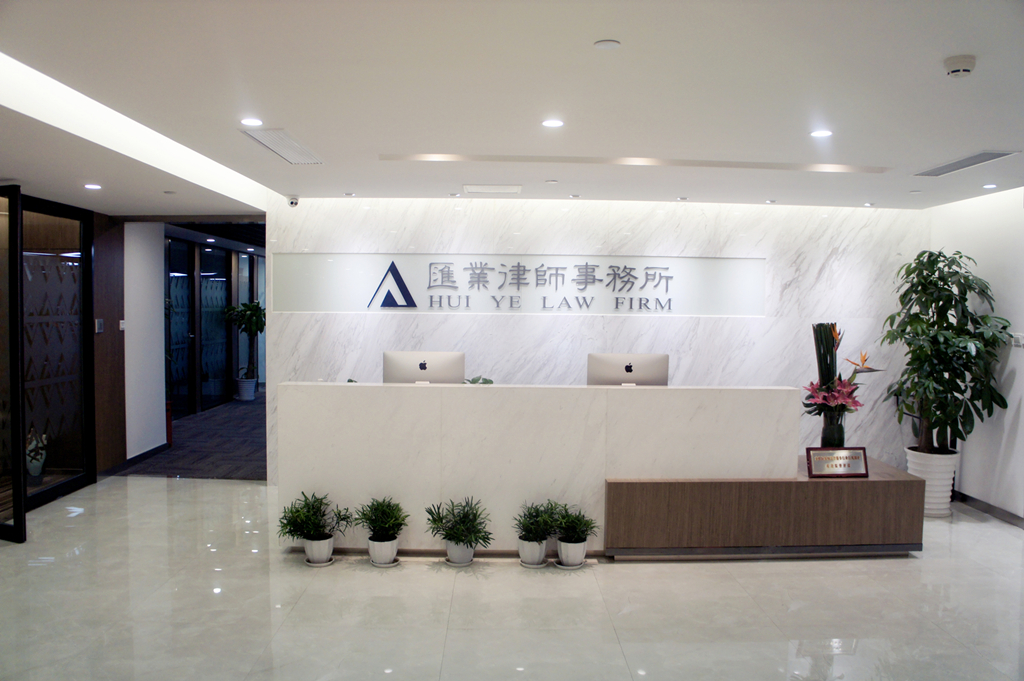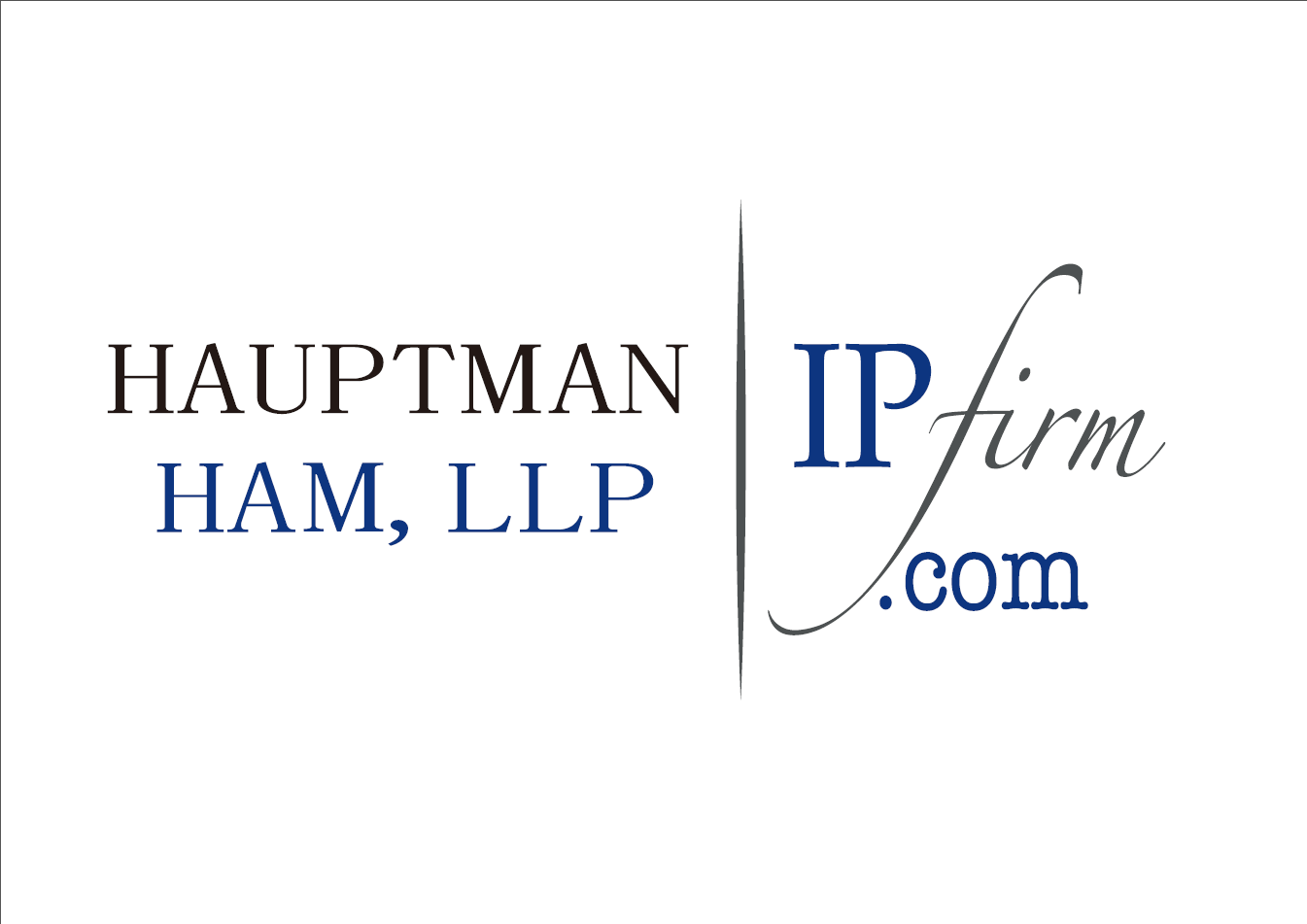United States Copyright Claims Board (CCB) in 2022 years 6 Start operation in January, The goal is to provide an alternative small-claims environment for those who pursue impractical or unreasonable copyright disputes in court.
Since its operation, CCB Have received 375 A case, Many of these cases were in breach of claims requirements, Lack of delivery address, Opt-out and voluntary withdrawal were dismissed.
however, A relatively small number of cases continue, And is expected to get a ruling.
2023 years 2 month 28 day, CCB A case was decided in favour of the plaintiff, Award the plaintiff 1000 Legal damages in dollars.
The ruling may not have pleased either side, Because nobody gets what they want. however, That's a good illustration CCB And its possible direction in future judgments.
Case background
David.Oppenheimer (David Oppenheimer) I'm a photographer, He discovered that a photograph of himself had been taken without his permission by a man named Douglas.Prutton (Douglas Prutton) The lawyer used it on the website.
According to Prutton, Oppenheimer sent him a lawyer's letter, requirement 3 Ten thousand dollars in compensation. Prutton tried to counteroffer 500 dollar. 2021 years 2 month, Oppenheimer sued in federal court, But after mutual consent, Case in 2022 years 4 month, A few months before the court convenes CCB.
As far as Prutton is concerned, He has never denied using the image. He said, His daughter created a website for him and used the image. Prutton accused Oppenheimer of negotiating in bad faith, Is a man who has filed multiple lawsuits. He's based on the unclean hand principle (unclean hand) And the fair use doctrine.
Based on these facts and allegations, by 3 The panel of judges has now ruled in favour of Mr Oppenheimer.
Fair use argument
The final ruling reads much like other court decisions. It begins by reviewing the proceedings of the case, The facts and Prutton's defense.
In the fair use defense, CCB Strongly opposed to Prutton. The collegiate panel noted, Fair use factors are 4 a, But Prutton in his argument only talks about the No 4 A factor: The impact of usage on the potential market.
however, CCB Analyzed all 4 A factor, It turns out that Prutton is unlikely to be exposed 3 Any one of these factors. The photos are very creative, It's used on commercial websites. Therefore, In terms of the nature of the work, The case is in Oppenheimer's favor. Prutton used the whole work. In terms of quantity and substance of use, The case also favors Oppenheimer.
About the impact on the potential market, Prutton argues, Oppenheimer never successfully licensed the use of the image, He passed "entanglement" The alleged infringer receives the vast majority of the revenue.
As far as Oppenheimer is concerned, He was unable to provide any evidence that he had ever successfully authorized the photograph.
In spite of this, CCB Or in the first place 4 Oppenheimer is supported by a number of factors. CCB Said in the ruling, Although Oppenheimer chose not to license it, There is still a potential market for this piece. Mr Prutton failed to prove that he had not harmed that potential market.
CCB Further point out that, Prutton avoided that market by using pictures.
Therefore, CCB Disagreed strongly with Prutton on the fair use argument, Then we move on to the unclean hands argument.
The unclean Hands argument
Other than fair use, Prutton also argued that Oppenheimer had unclean hands in the case, Called him unreasonable in his negotiations, He was in a lot of lawsuits.
however, CCB adjudication, The standard of the unclean hands defense is very high, It's a very rare claim. CCB Citing previous case law, it was found that frequent prosecution alone did not support the unclean hands defense. CCB add, The Unclean Hands ruling would prohibit similar rights holders from protecting their works.
In short, CCB Did not find that Oppenheimer's behavior rose to the level of unclean hands, The defense is therefore rejected.
Along with Prutton's 2 The defence was dismissed, CCB He was subsequently held responsible for the infringement, And set about determining damages.
Determination of damages
This is where the case is actually decided. Oppenheimer wants big legal damages, exceed CCB The amount of compensation that can be granted, Prutton, on the other hand, is asking for damages to be reduced to 200 dollar, Claiming to be an innocent infringer.
however, CCB adjudication, There is no evidence that he is an innocent infringer. Oppenheimer provided evidence, Prove that at least one place where the work was published has a copyright notice, And Prouden "accessible" The statement.
Therefore, The innocent infringer's argument fails.
CCB Set the minimum statutory damages as 750 dollar.
CCB The norm for adjudication is to establish some relationship between actual damages and statutory damages. however, Oppenheimer did not provide any evidence of actual damage.
Take that into consideration, CCB Choose to keep damages low. in CCB Within the terms of reference of, The compensation is in 750 Dollar to 1. 5 Between ten thousand dollars. 3 juridical 2 Name selected 1000 Dollar indemnity, The first 3 A judge set the minimum compensation, namely 750 dollar.
CCB Prutton has been found responsible, It was awarded to Oppenheimer 1000 Dollar compensation.
Analysis of the ruling
The ruling is unlikely to satisfy either side entirely. Oppenheimer initially demanded 3 Ten thousand dollars in compensation, Prutton wants the case dismissed or the award reduced to 200 dollar.
Although the ruling found Prutton liable, But it's fair to say it had a limited effect on him.
The reason is simple: No doubt, He violated the copyright of Oppenheimer's pictures. The fair use defense and the unclean hands defense are at best "excuse" .
The simple truth is this, His website used Oppenheimer's image without permission. From a purely factual standpoint, This is a very simple case.
What makes the case controversial is Oppenheimer's legal history and "Copyright hooligan" charge. This is related to CCB Opponents fear the agency could become "Copyright hooligan" The tools match.
On one hand, CCB Shelving arguments about serial litigation and aggressive negotiating tactics. CCB Refused to dismiss the case on the grounds that Oppenheimer's hands were unclean. On the other hand, CCB A relationship is established between actual damages and statutory damages, Keep damages low.
This practice also happens in regular federal courts. In fact, At least in the Oppenheimer case 2 Start with 750 Settlement of damages in dollars, This is the minimum legal damages.
but, In federal court, If there is no award of attorney's fees and court costs, The plaintiff is likely to lose money. Even small cases can easily run into tens of thousands of dollars in payouts.
pass CCB, The parties may agree by appointment 200 The total cost of filing a lawsuit is USD. but, It takes no legal fees, There is no need for expedited copyright registration. In spite of this, Even with quick registration and some legal help, It is still possible to contain costs 750 Dollar or 1000 Below the dollar.
This is CCB The significance of, It makes it practical to try similar cases. 1000 The dollar is hardly capable of conducting conventional litigation. Dan direction CCB It is still possible to file a complaint. (Compiled from www. plagiarismtoday. com)
translation: Rason group proofread: Liu Peng
disclaimer: This network reprint or compile the original article from the Internet, Does not represent the views of this website or confirm the authenticity of its content. If the source is mislabeled or the copyright of the article is involved, Please contact this website, This network will be corrected in due course, delete, thank you.

Safeguard the rights of economic and trade hotspots







